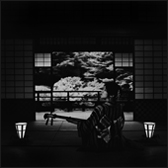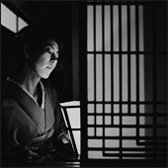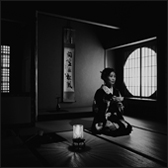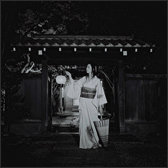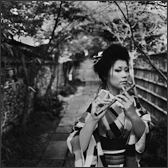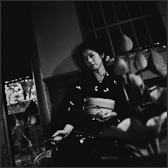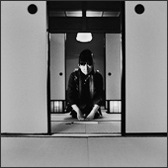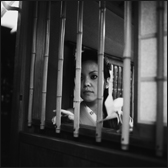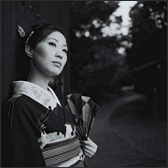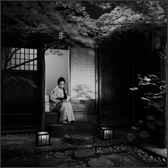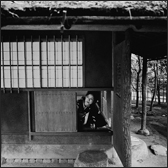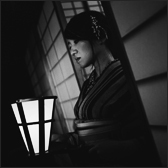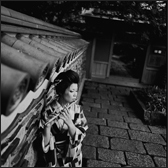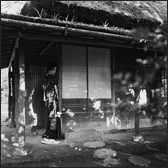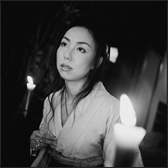|
This photo is themed on the “Japanese” taste with a collection of monochrome portrait pictures. The main motif is modern women in antique kimonos (Japanese dress) from Taisho to Showa period. To enhance the motif, various elements are carefully arranged in shooting pictures; the locations such as Yusentei Garden and Rakusuien, the famous Japanese gardens in Fukuoka City, the original hair accessories made with pearl and silver, and traditional kimono belts of Hakataori (well-known woven textile). The theme of each picture was carefully determined to suit the model and location. The facial expressions of the models, the lighting contrast and other details are well controlled to create distinctive world. Hope you will enjoy the photographs. photographer Hiromitsu Kondo
|
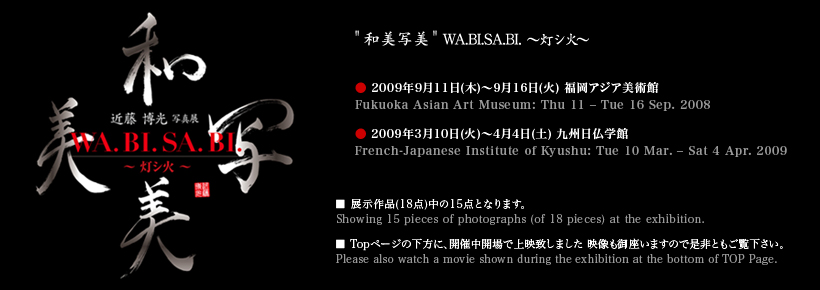
.jpeg)



